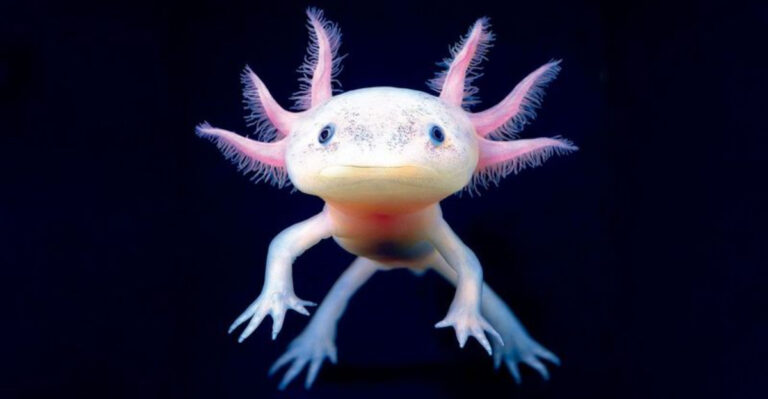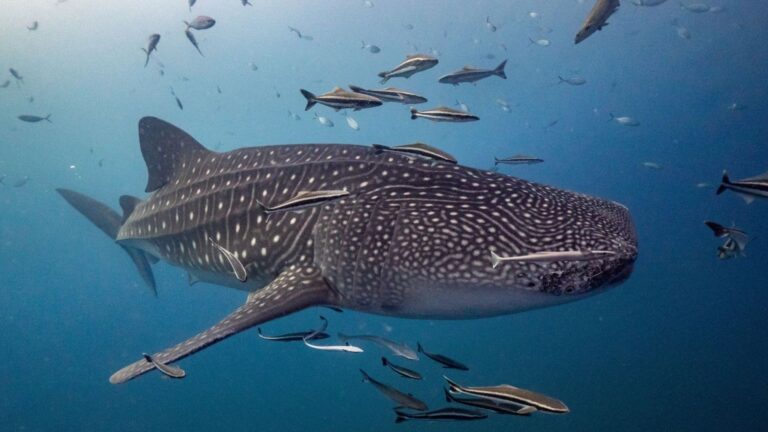13 Birds With The Most Unusual Songs And Sounds
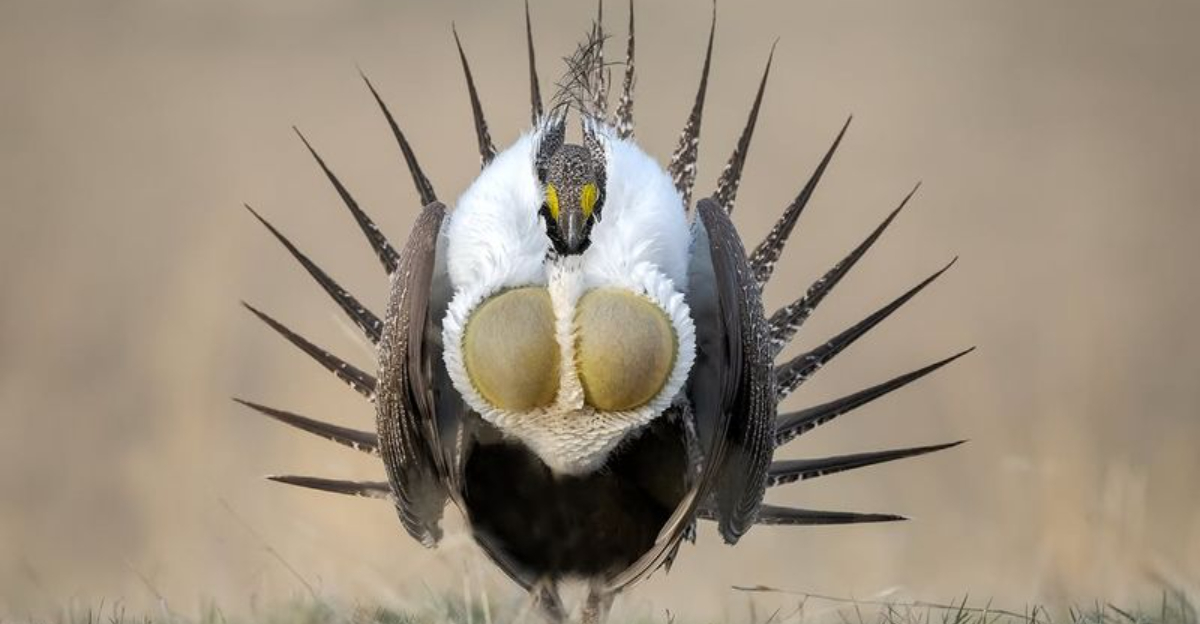
When it comes to the avian world, not all birds are known just for their vibrant feathers or graceful flight. Some are celebrated for their unique and often unusual vocalizations that intrigue bird watchers and nature enthusiasts alike.
From whistles and clicks to complex melodies, these birds have mastered the art of sound, making each encounter with them a memorable auditory experience. In this blog post, we explore 13 birds whose songs and sounds stand out, captivating anyone lucky enough to hear them.
1. Lyrebird

While traversing the lush forests of Australia, one might encounter an avian virtuoso: the lyrebird. Known for its extraordinary ability to mimic natural and artificial sounds, this bird’s repertoire includes chainsaws, camera shutters, and even car alarms.
Such mimicry is not merely for show; it serves as a powerful tool to attract mates by showcasing the male’s intricate vocal prowess. During the mating season, the lyrebird puts on a spectacular display, combining its vocal mimicry with dance, enthralling any potential suitors.
The lyrebird’s song is a testament to its intelligence and adaptability, allowing it to thrive in varied environments.
By studying these birds, scientists gain insights into the cognitive abilities required for complex vocalization. This exceptional mimicry also draws attention to the lyrebird’s habitat, underscoring the importance of conservation efforts to protect these enchanting creatures and their homes.
2. Mockingbird
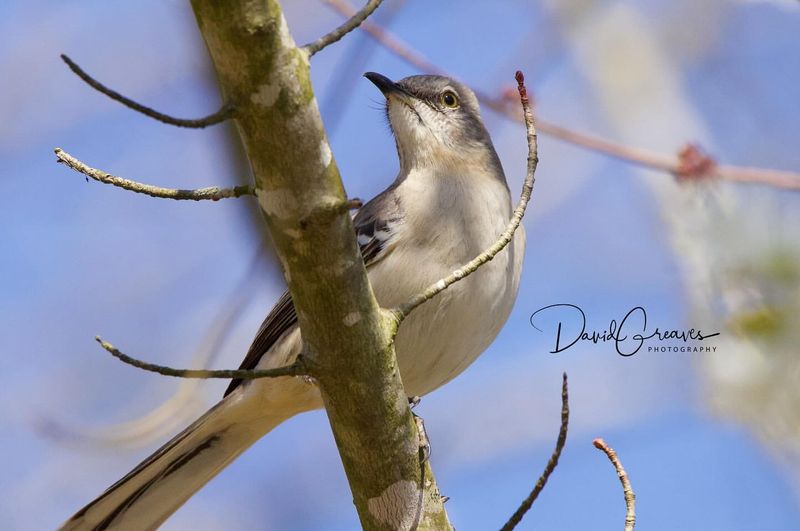
In suburban gardens and wooded areas across North America, the mockingbird reigns supreme with its vocal versatility. Famous for its ability to replicate the songs of other bird species, this bird is a true master of imitation. Researchers have discovered that a single mockingbird can learn up to 200 different song variations throughout its lifetime, an impressive feat showcasing its memory and learning capabilities.
Beyond mere mimicry, the mockingbird’s repertoire serves as a form of communication, used to establish territory and attract mates. Its song changes with the seasons, reflecting the dynamic environment in which it lives. As day turns to night, the mockingbird’s serenade can continue under the moonlight.
For many, the mockingbird’s song is a soothing reminder of nature’s artistry, blending the sounds of its surroundings into a harmonious melody that resonates through backyards and parks alike.
3. Kakapo
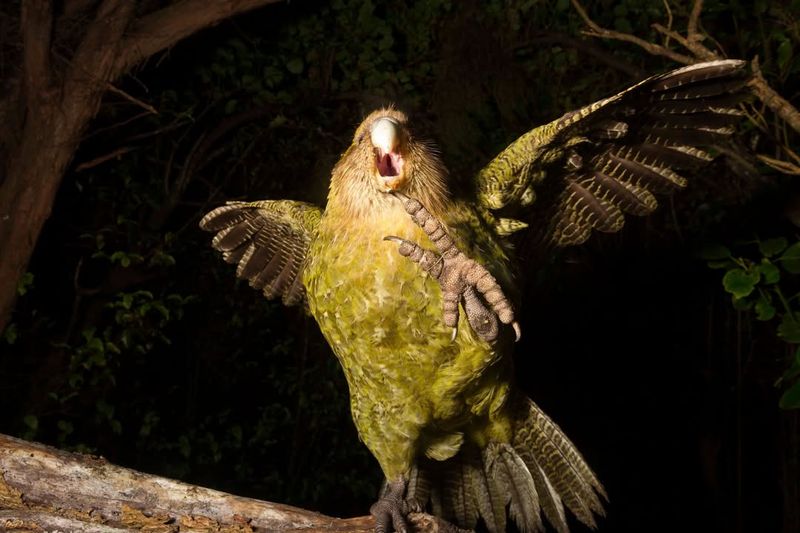
In the secluded forests of New Zealand, the nocturnal kakapo stands out not just for its flightlessness but also for its distinctive vocalizations.
This critically endangered parrot captivates with a unique booming sound, a deep resonant call that carries across the forest, serving as a beacon for potential mates. The male kakapo’s boom is followed by a sequence of metallic chings, creating an otherworldly audio experience.
These sounds are more than mere calls; they are critical components of the kakapo’s breeding ritual. Conservationists closely monitor these vocalizations to track and protect the remaining kakapo populations.
With intensive conservation efforts underway, the kakapo’s song symbolizes hope for species recovery. As you listen to their enchanting calls, the importance of preserving these rare birds and their habitats becomes ever more apparent, reminding us of the delicate balance within ecosystems.
4. Eastern Whip Poor-Will
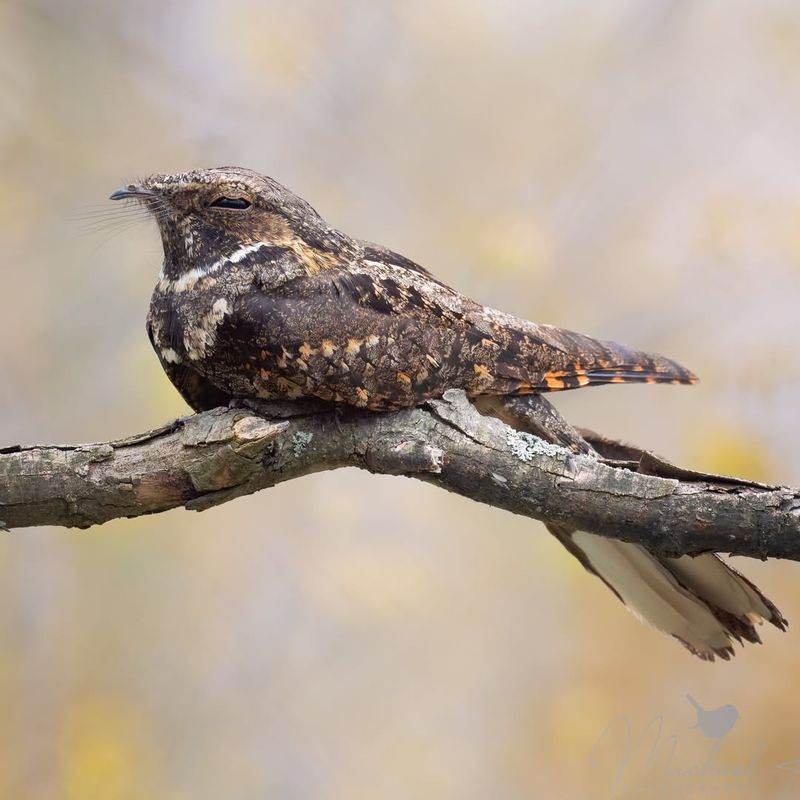
As dusk descends over North American woodlands, the call of the Eastern Whip-poor-will rises, haunting yet beautiful.
Its name comes from its song, which it repeats tirelessly throughout the evening, creating an enchanting nocturnal soundscape. This persistent calling serves to mark territory and communicate with potential mates in the dense underbrush.
Unlike many birds, the Eastern Whip-poor-will is more often heard than seen, camouflaged perfectly against leaf litter and bark. Its cryptic appearance and evocative calls have inspired folklore and stories across generations, embedding it deeply in cultural narratives.
Listening to the whip-poor-will evokes a sense of nostalgia and connection to the natural world, making it a cherished sound of summer nights. Conservationists emphasize the importance of preserving its habitat to ensure these night-time serenades continue to grace our forests.
5. Tawny Frogmouth
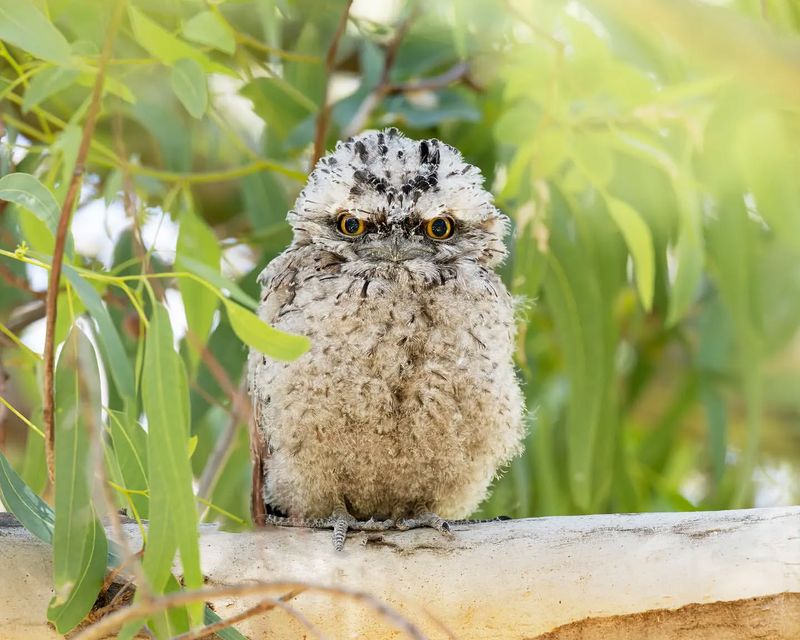
Hidden among the branches and resembling broken limbs, the tawny frogmouth is an expert in camouflage. Found throughout the Australian woodlands, its low, resonant calls echo through the night, earning it a place among the most intriguing nocturnal vocalists. These calls play a vital role in communication between mates and family members, especially during the breeding season.
The tawny frogmouth’s song is not just functional; it is mesmerizing, adding an eerie yet beautiful sound to the night. While their calls are a highlight, these birds also engage in visual displays, using their unique appearance to communicate threats or flirtations.
Encounters with the tawny frogmouth are magical, often leaving observers in awe of nature’s ingenuity. Preserving their habitats ensures that these fascinating calls continue to enchant those who venture into their domain, blending seamlessly into the night.
6. Sage Grouse
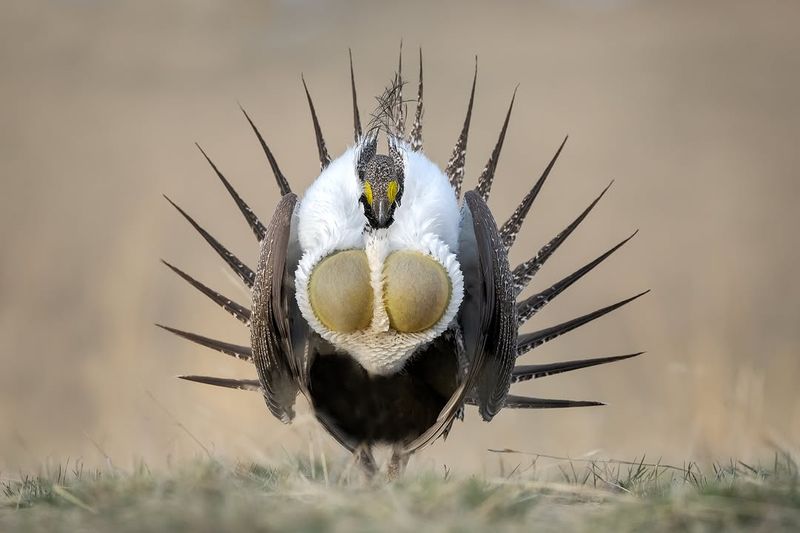
In the open sagebrush plains of North America, the sage grouse captivates observers with its elaborate courtship dance accompanied by unusual sounds. This spectacle, known as lekking, sees males gather to puff their chests and produce popping sounds with specialized air sacs. This auditory display is a crucial part of their mating ritual, designed to attract females.
Beyond the visual spectacle, the sounds create an immersive experience, echoing across the plains as a testament to the sage grouse’s unique adaptation to its environment. These performances are not only captivating but also essential for maintaining the species’ genetic diversity.
As sage grouse populations face threats from habitat loss, their calls underscore the importance of conservation efforts. Protecting their sagebrush ecosystem ensures that future generations can witness and hear these fascinating displays, a reminder of the intricate dance of life in the wild.
7. Bellbird
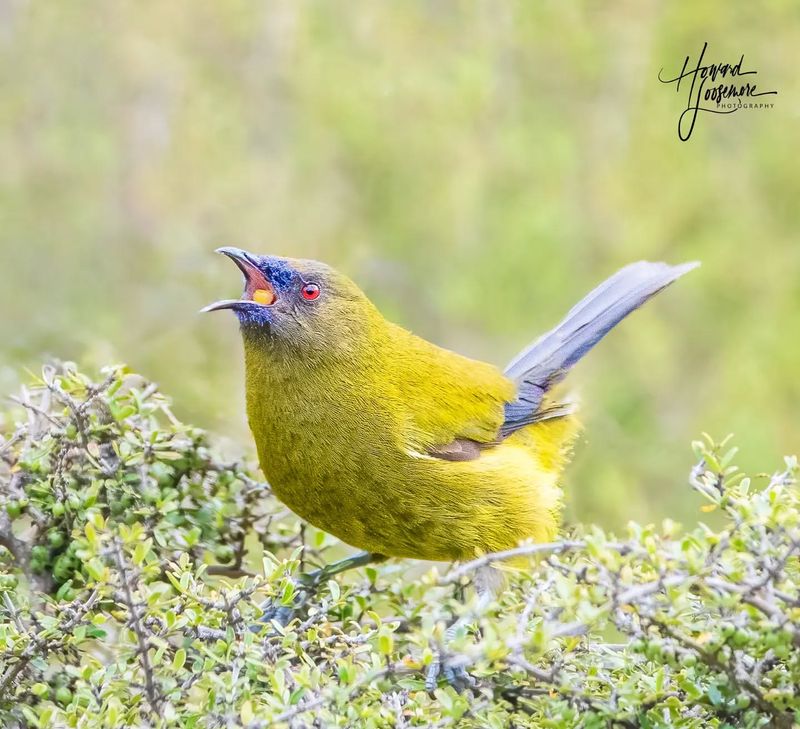
In the lush forests of New Zealand, the bellbird enchants listeners with its melodious calls, reminiscent of tinkling bells. This distinctive sound adds a musical quality to the natural soundscape, enriching the forest’s acoustic environment. The bellbird’s song plays a crucial role in communication, helping to establish territories and strengthen social bonds among its kind.
These vocalizations are a prominent feature of the New Zealand forest, marking the presence of bellbirds even when they’re hidden among dense foliage. The bell-like quality of their calls is not only soothing but also serves as an important ecological indicator of the health of their habitat.
Listening to bellbirds offers a unique glimpse into New Zealand’s rich biodiversity, highlighting the importance of preserving these sounds for future generations. Conservationists emphasize maintaining healthy forests to ensure that the bellbird’s enchanting songs continue to resonate through the canopy.
8. Superb Starling
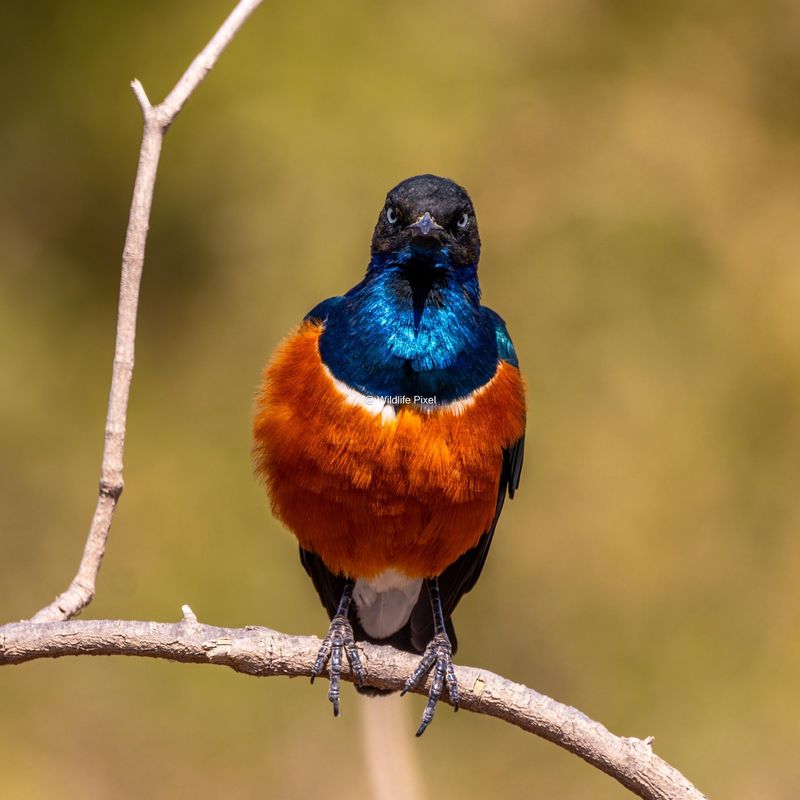
Across the vibrant landscapes of East Africa, the superb starling stands out with its kaleidoscope of colors and its varied song. Unlike many birds, this starling’s song is a complex medley of trills and whistles, often accompanied by clicks, reflecting its dynamic environment. These vocalizations play a critical role in social interactions, including mate attraction and territory defense.
The superb starling’s song is not just about communication; it is an extension of its lively character. Observing these birds reveals their social structure and adaptability, thriving in both urban and wild settings. Their vocal agility allows them to adapt their songs to changing environments, showcasing an impressive level of intelligence.
Experiencing the superb starling is a sensory delight, offering a symphony of sounds and colors that captures the essence of the African savannah. Protecting their habitats ensures the continuation of their mesmerizing performances.
9. Wood Thrush
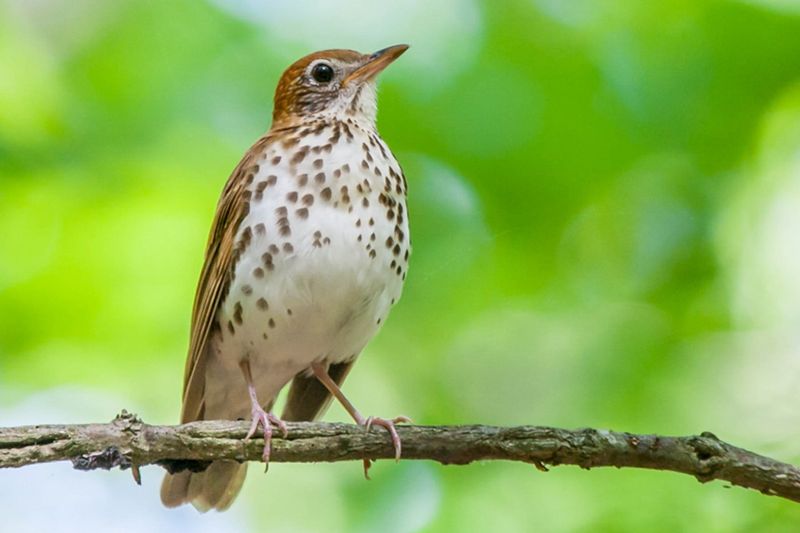
In the Eastern forests of North America, the wood thrush’s song is a herald of spring, its flutelike notes filling the air with a sense of renewal. This melodious tune, composed of a rich combination of phrases, is renowned for its tonal purity and is often described as one of the most beautiful bird songs. The wood thrush uses its song to establish territory and attract a mate, with each male showcasing his unique vocal signature.
These birds are not only celebrated for their songs but also for their critical role in forest ecosystems, as they help control insect populations. Their presence is a vital indicator of forest health, making them a priority in conservation efforts.
Listening to a wood thrush offers a moment of tranquility, connecting listeners to the natural world. Ensuring their habitat remains undisturbed allows their enchanting melodies to continue gracing woodland areas.
10. Common Loon
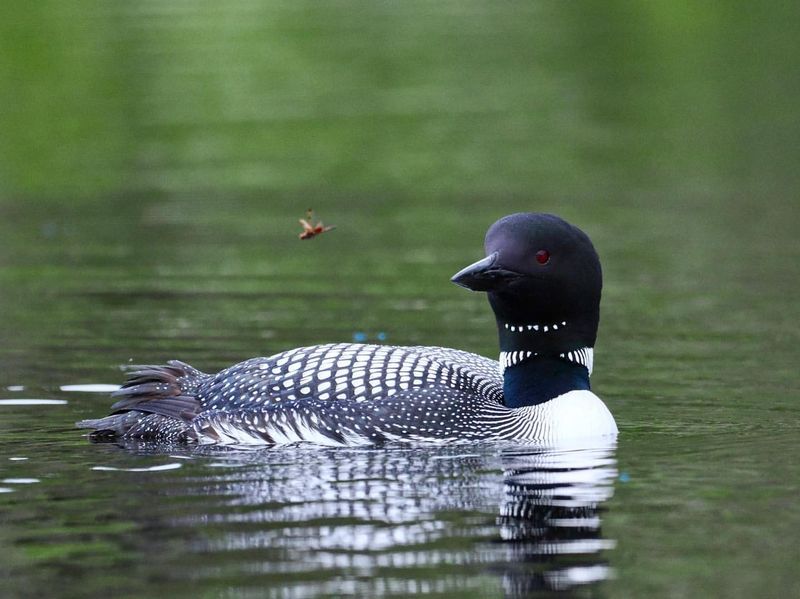
On serene northern lakes, the eerie calls of the common loon create an atmosphere of mystery and beauty. Their haunting wails, yodels, and hoots resonate across the water, serving as a complex communication system among loons. These calls are used to establish territory, signal alarm, and maintain contact with family members.
The common loon’s vocalizations add an iconic sound to their habitat, often associated with the tranquility of northern wilderness areas. Observing loons, with their striking black-and-white plumage, highlights their grace both in water and flight.
Their presence is indicative of a healthy aquatic ecosystem, and efforts to preserve these environments ensure that their evocative calls continue to enhance the natural soundscape. For many, the loon’s call is a cherished symbol of summer, evoking memories of peaceful times spent at the water’s edge.
11. American Bittern
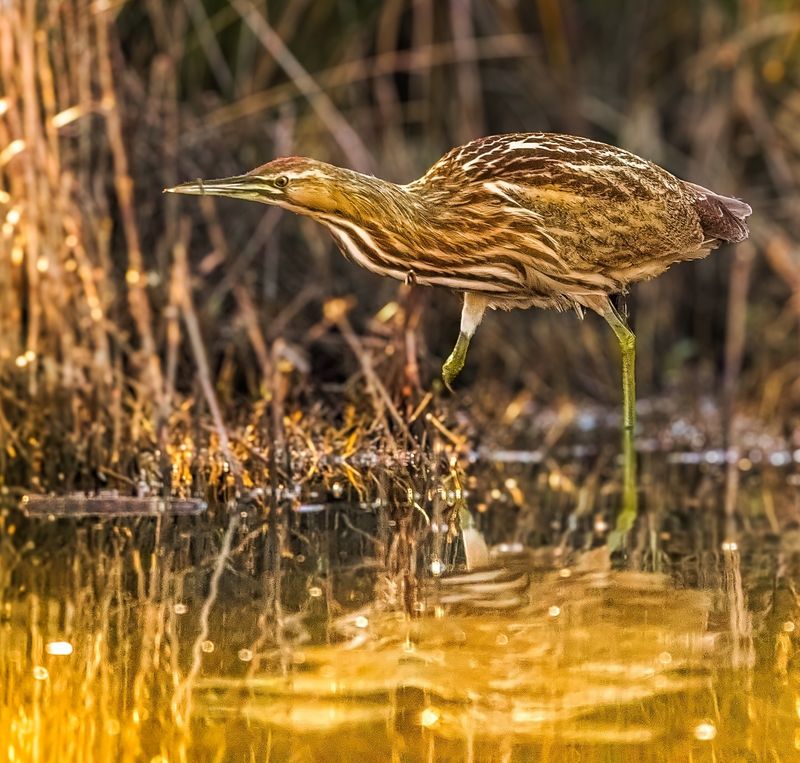
In the marshy landscapes of North America, the American bittern is often heard before it is seen, its distinctive pump-er-lunk call echoing through the reeds. This sound is reminiscent of a distant, rhythmic pumping, providing a unique auditory experience in wetland environments. The bittern’s call serves as an important territorial marker, especially during the breeding season.
These birds are masters of camouflage, blending seamlessly into their surroundings with their streaked plumage. Watching an American bittern is akin to observing a living piece of the wetland puzzle, integral to the health of these ecosystems.
The bittern’s presence is a testament to the vibrancy of marsh habitats, and preserving these areas ensures their remarkable sounds continue to be part of the natural chorus. Conservation efforts focus on maintaining and restoring wetlands, vital for the survival of the American bittern and countless other species.
12. Western Meadowlark
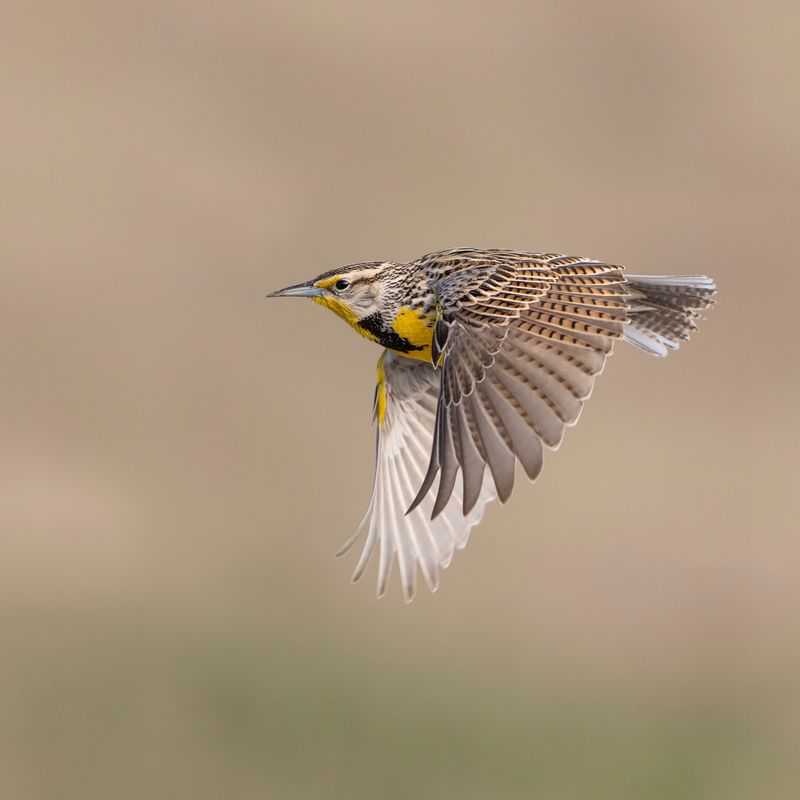
In open fields and grasslands, the western meadowlark heralds the day with a flute-like song that carries across the landscape. This melodic performance is an essential part of its identity, used to define territory and attract mates. Each morning, their song is a reminder of the vastness and beauty of the grasslands they inhabit.
The western meadowlark’s vivid yellow belly and melodic voice make it a favorite among birdwatchers, symbolizing the spirit of the American West. Their songs are a staple of rural life, often blending with the sounds of the wind and rustling grass to create a unique auditory tapestry.
Protecting their grassland habitats ensures these iconic songs continue to grace the morning breeze, reminding us of the delicate balance within these ecosystems. Conservation initiatives are crucial in maintaining the landscapes that support such vibrant avian life.
13. Pacific Wren
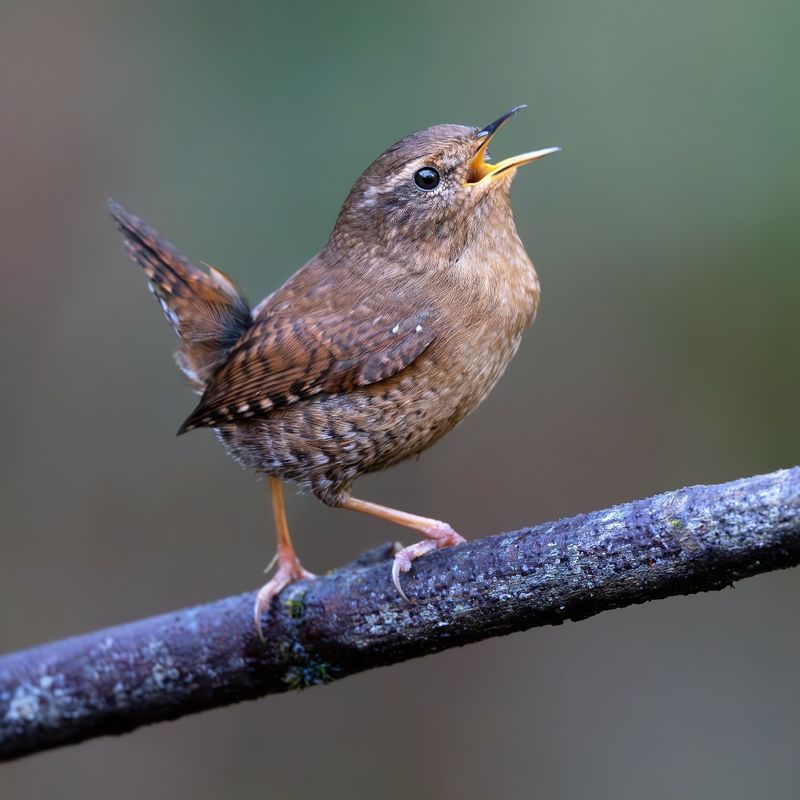
In the lush forests of the Pacific Northwest, the Pacific wren’s song is a tiny yet mighty force. This small bird produces a rapid-fire melody that seems to flow endlessly, captivating anyone who stops to listen. Its song is a complex series of trills and notes, each one delivered with astonishing speed and clarity.
Despite its diminutive size, the Pacific wren’s vocalization is powerful enough to echo through dense woods, serving as a testament to its resourcefulness and adaptability. These songs play a crucial role in establishing territory and attracting mates.
The presence of the Pacific wren is a key indicator of forest health, and efforts to protect these habitats ensure that their incredible songs continue to inspire. Listening to a Pacific wren offers a moment of connection to the natural world, highlighting the intricate beauty and complexity of forest ecosystems.


